Welcome to Pheasant Island, the unique destination that switches countries every six months! This little island off of Spain and France has a fascinating history behind it. And while it’s small in size, its impact on Europe – and the world – is far greater than you might expect. Get ready for an adventure like no other as we explore how this curious corner of the continent came to be!
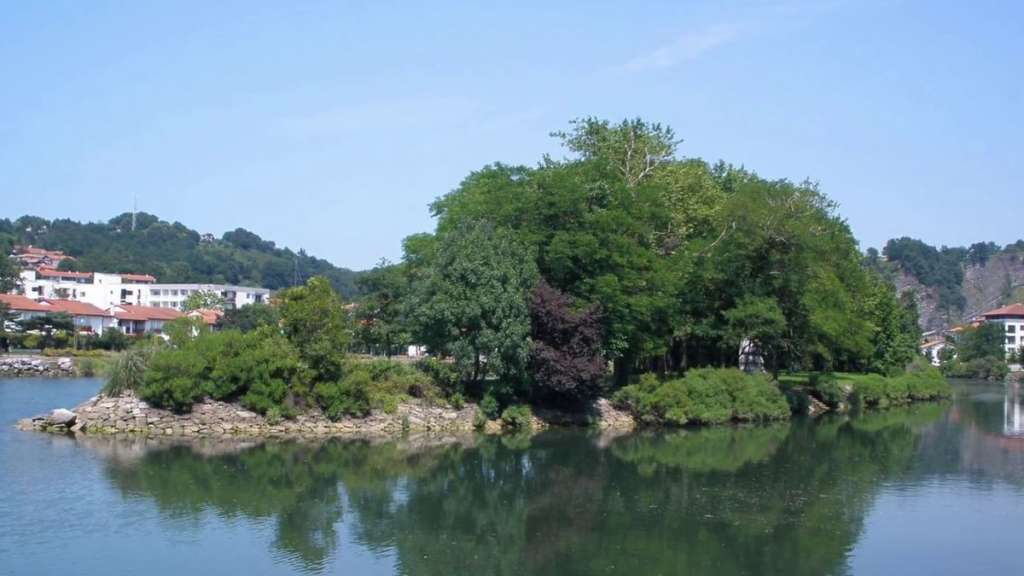
Today, visitors flock to Pheasant Island from all over to experience something truly special; where else can you get a sense of two distinct cultures within such close proximity? Whether you’re there during Spanish season or French season, you’ll find yourself immersed in local culture unlike anything else out there. So what are you waiting for? Let’s dive into the past and present of this incredible place!
History Of The Border Agreement
The unique border agreement between Spain and France regarding Pheasant Island is a fascinating example of European diplomacy. Every six months, the island swaps countries – with no pause in sovereignty or authority over the land.
The story begins in 1659 when King Louis XIV of France and Philip IV of Spain signed the Treaty of Pyrenees ending the Franco-Spanish War.
As part of the treaty they agreed to share control of Pheasant Island located off the coast near Hondarribia on Spain’s Basque Coast. This arrangement has remained intact ever since, with both countries enjoying equal rights over the tiny strip of land for three decades each year.
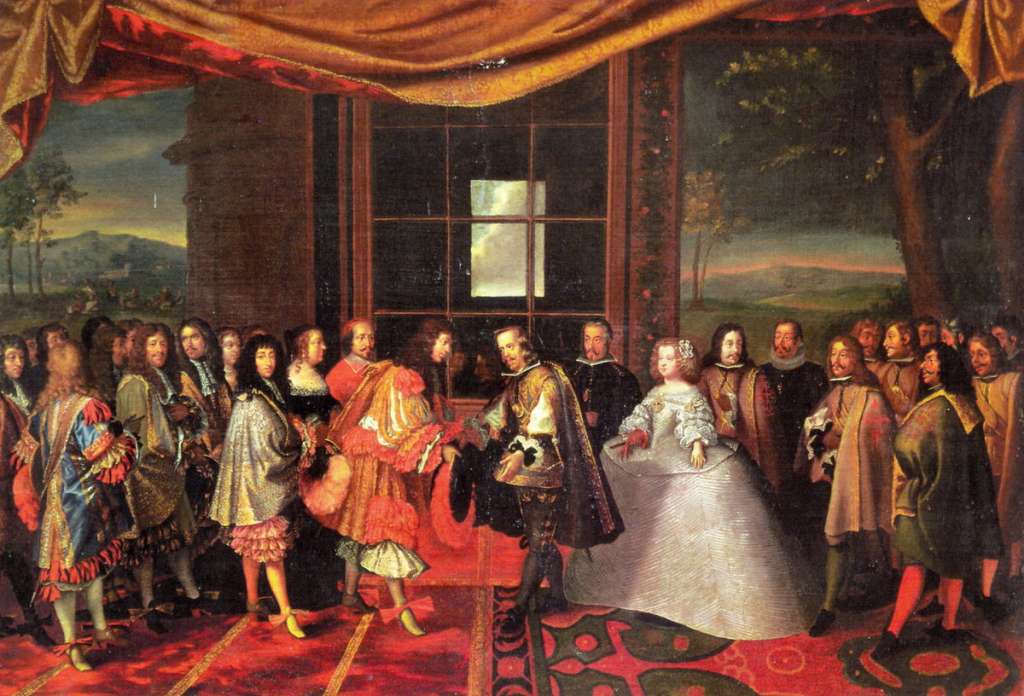
In 1932 an additional protocol was added to this agreement stipulating that the Spanish flag fly over Pheasant Island during odd numbered years (January 1st through June 30th), while its French counterpart adorns it from July 1st until December 31st every even numbered year. Although there have been some attempts by either country to renegotiate these terms, none were successful as maintaining status quo remains highly desirable for both sides. Furthermore, although joint administrative responsibility can be complicated at times, it ultimately ensures peaceful relations between two historically hostile neighbors.
While legally speaking both nations are allowed unrestricted access to Pheasant Island throughout their respective periods, practically speaking only one nation exercises full sovereign power at any given time – allowing them exclusive right to grant permits and other legal documents necessary for visiting tourists or conducting business on site. However despite such restrictions local people living nearby don’t really feel “switched” whenever a new government takes charge as everyday life usually continues unchanged under both flagships.

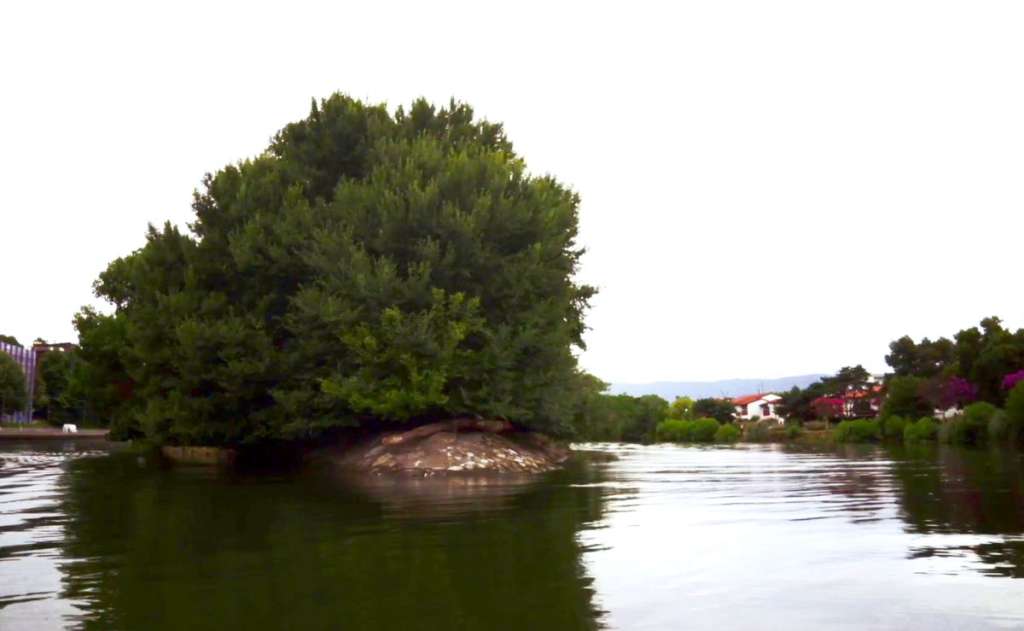
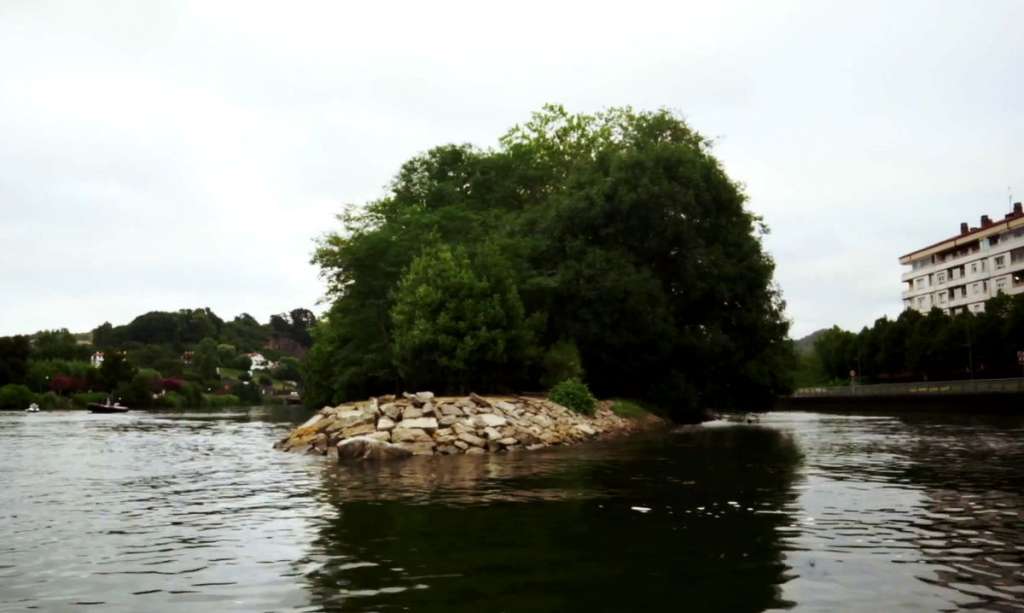
This remarkable situation allows those who live close enough to visit Pheasant Island twice a year; once to pay homage to Spanish culture and traditions, another time for similar french experiences – all without leaving home! Thus it’s no wonder why locals proudly refer to themselves as citizens of ‘Europa’. With its rich history and tales of perseverance against odds, Pheasant Island stands out as a symbol of peace and harmony among former enemies in Europe today.
Impact On The Local Population
The population on Pheasant Island is very small and almost exclusively consists of those working for the governments that own the island. This includes staff from both countries who are employed to maintain the island, manage its resources or serve as guards and customs officials. The local people have grown accustomed to living in a place where two nations share sovereignty every six months, though it’s not always seamless. There may be difficulties adjusting to the different political systems, cultures and languages when transition occurs twice a year.
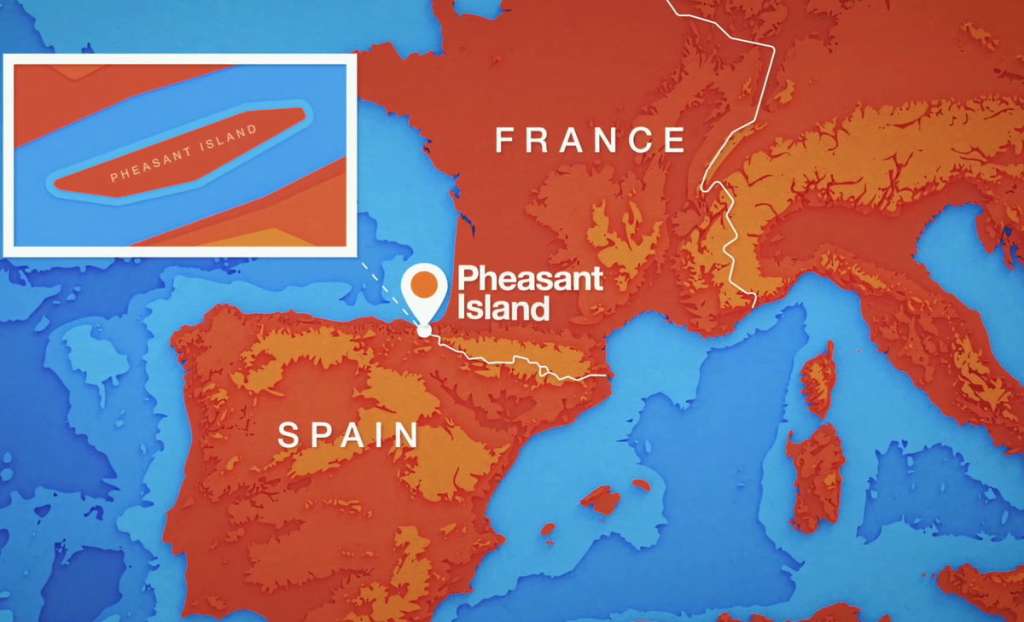

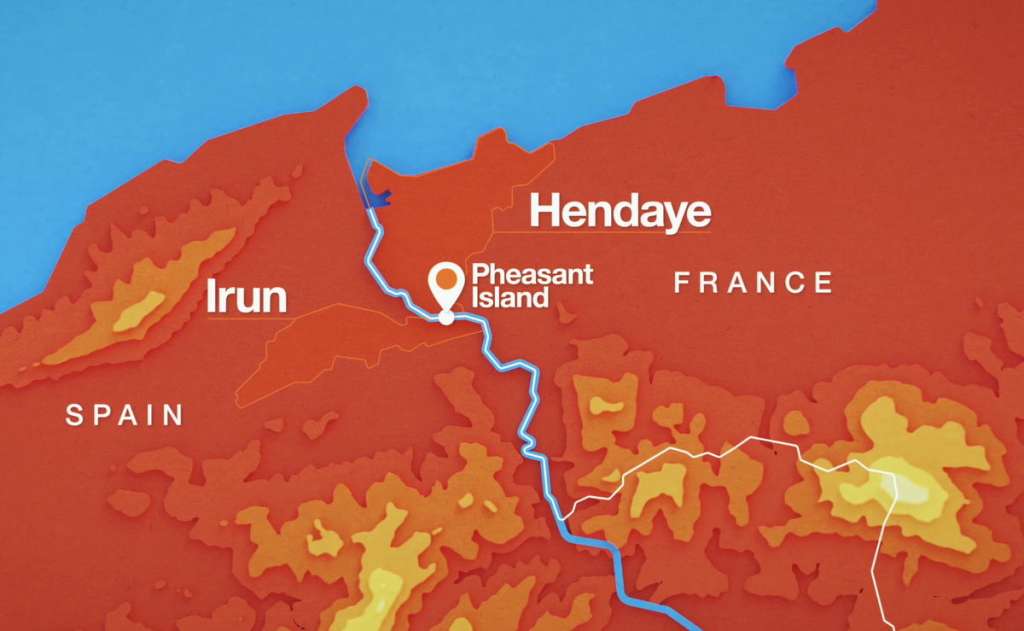
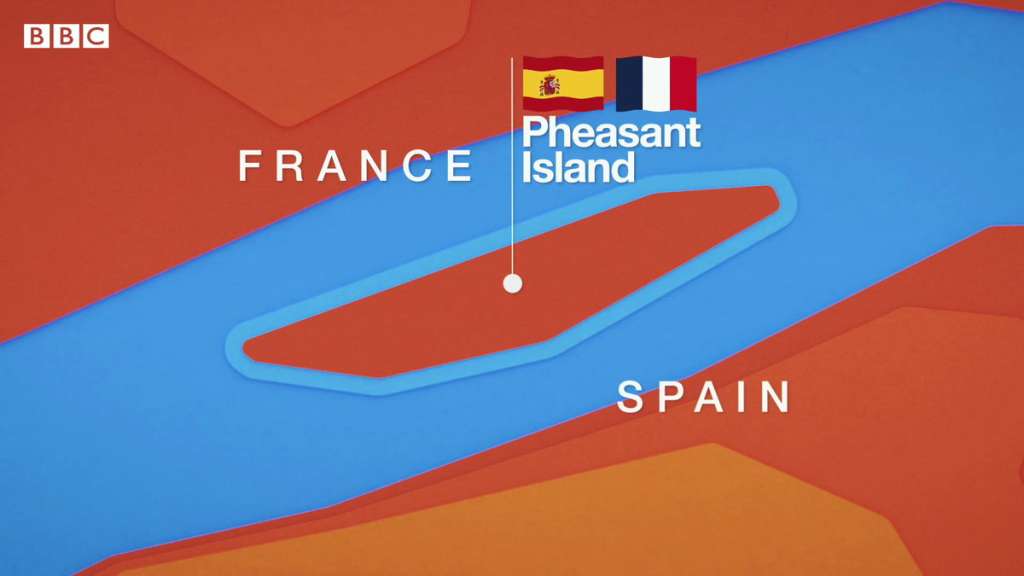
In addition, while most locals work for one of the governments involved in switching control over the island, some struggle due to changes in trade regulations or taxation policies imposed by either side. Business owners can also find themselves caught up in bureaucratic issues between Spain and France which make running their operations more difficult than usual. For these reasons, many of them choose not to stay on the island for long periods of time during times of transition.
Moreover, there has been controversy regarding how much power each nation should have on Pheasant Island once it switches hands. In recent years, Spain has argued that they should receive preferential treatment since they laid claim to the island first; however, this issue remains unresolved. As such, tensions sometimes rise between residents when disagreements arise about what rights each party should enjoy while alternating terms on Pheasant Island.
All in all, life on Pheasant Island is continually affected by its unique arrangement – both positively and negatively – whenever new leadership takes charge every six months. With its interesting history comes an array of challenges that must be navigated together by both sides if peaceful coexistence is to remain possible here at all times…
Unique Characteristics Of Pheasant Island
Pheasant Island is truly a unique piece of land. Located in the Bidasoa River and off the coast of Spain and France, it’s strategically situated between two countries which it changes allegiance to every six months! It also has an interesting layout – with its main building being constructed on a small island that can only be accessed via a drawbridge. Its exquisite gardens are full of picturesque trees and flowers, adding even more beauty to this delightful spot.
The island’s architecture is remarkable too. Constructed over 400 years ago by Louis XIV, the Château de Pheasants is made up of intricate stone walls which encircle the entire area – perfect for capturing its fascinating history as well as providing modern-day protection against intruders.

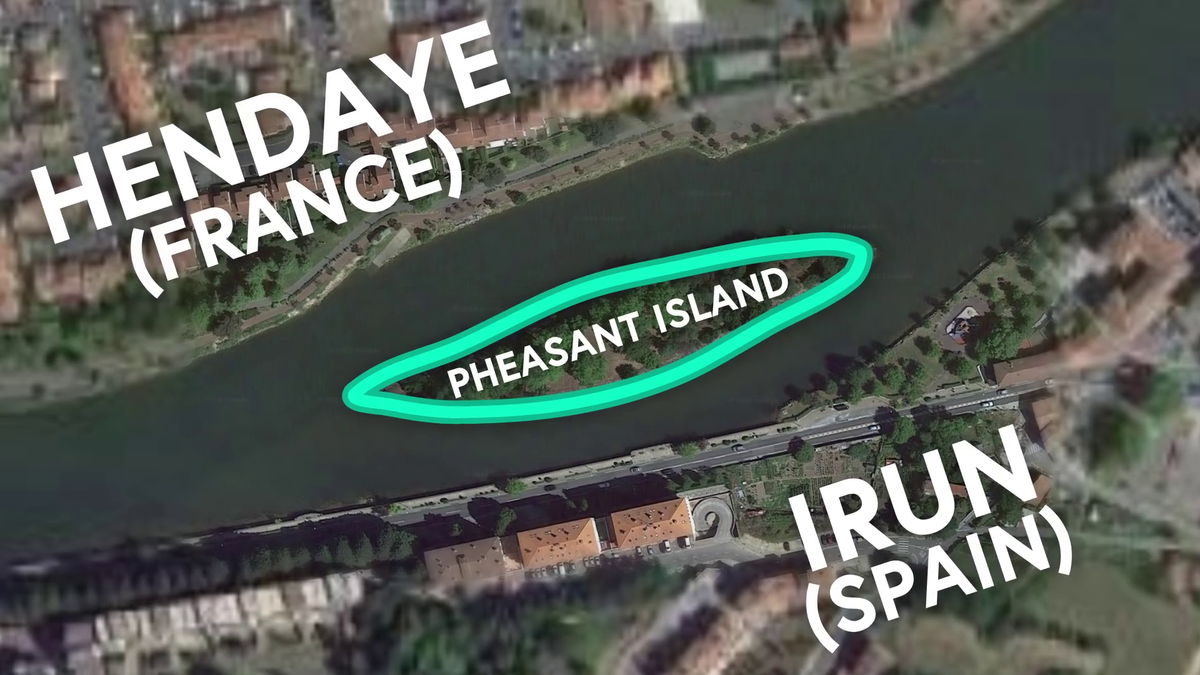
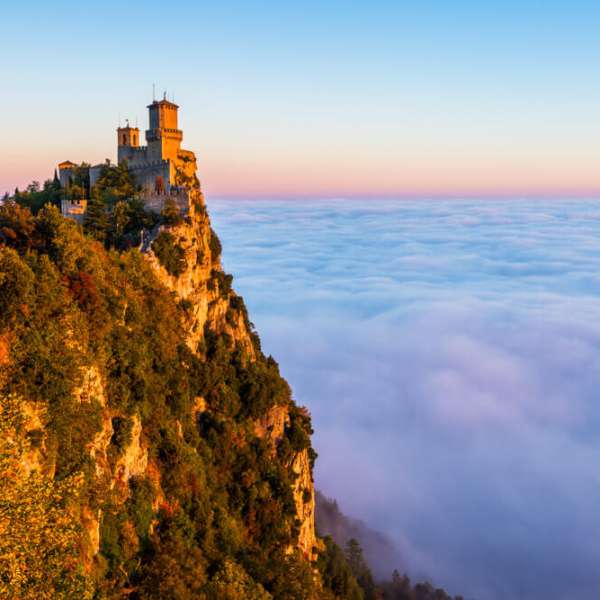

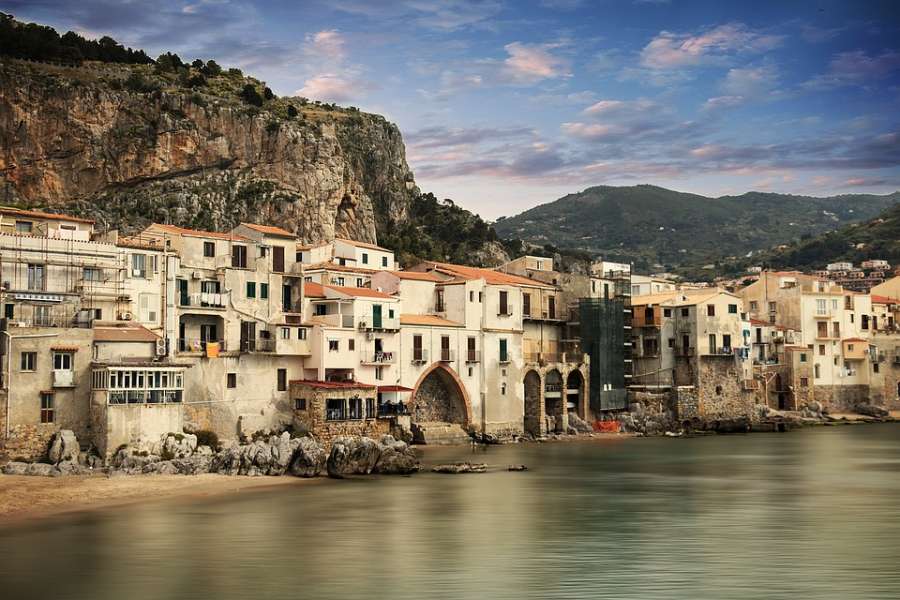
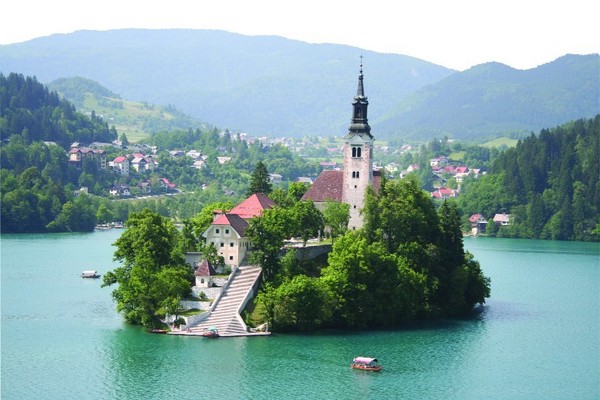

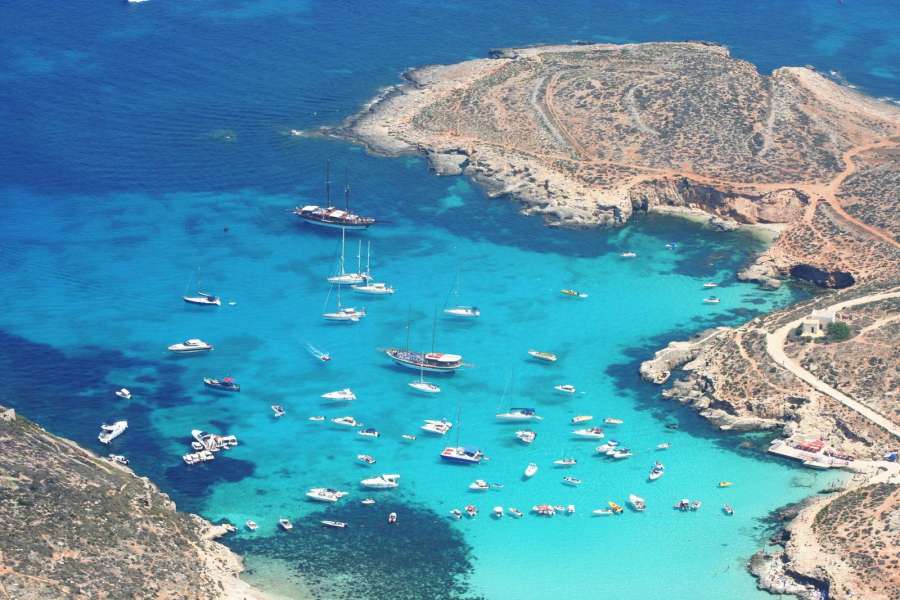
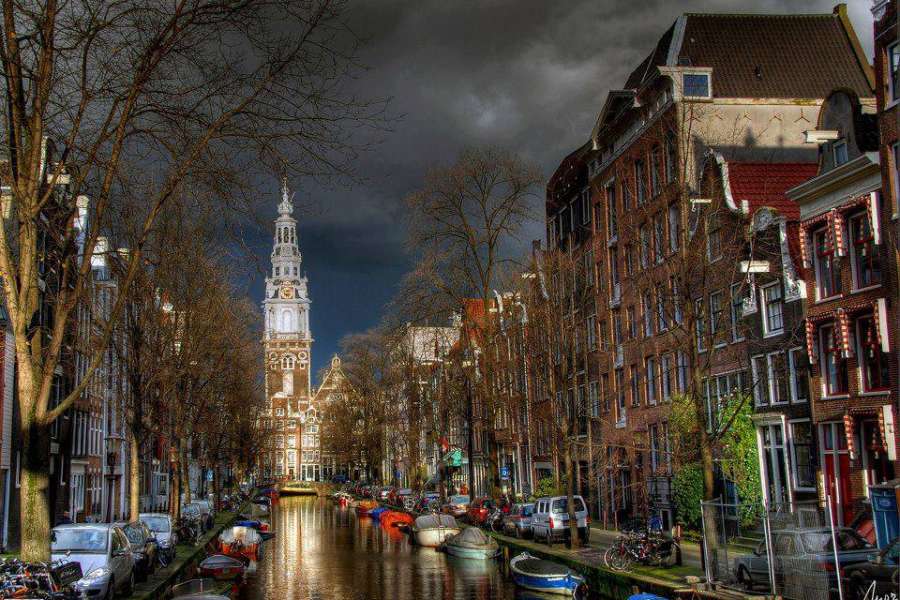

Leave a Comment